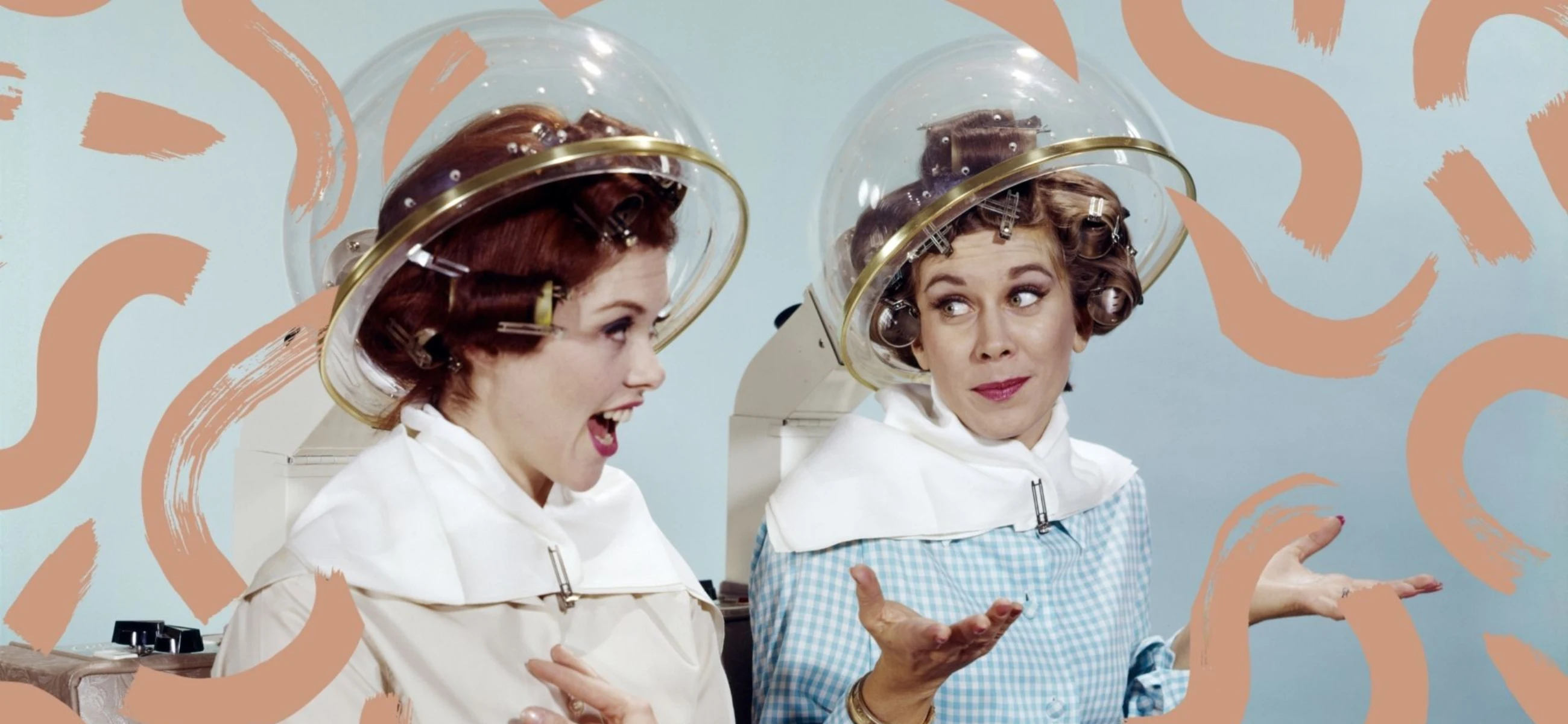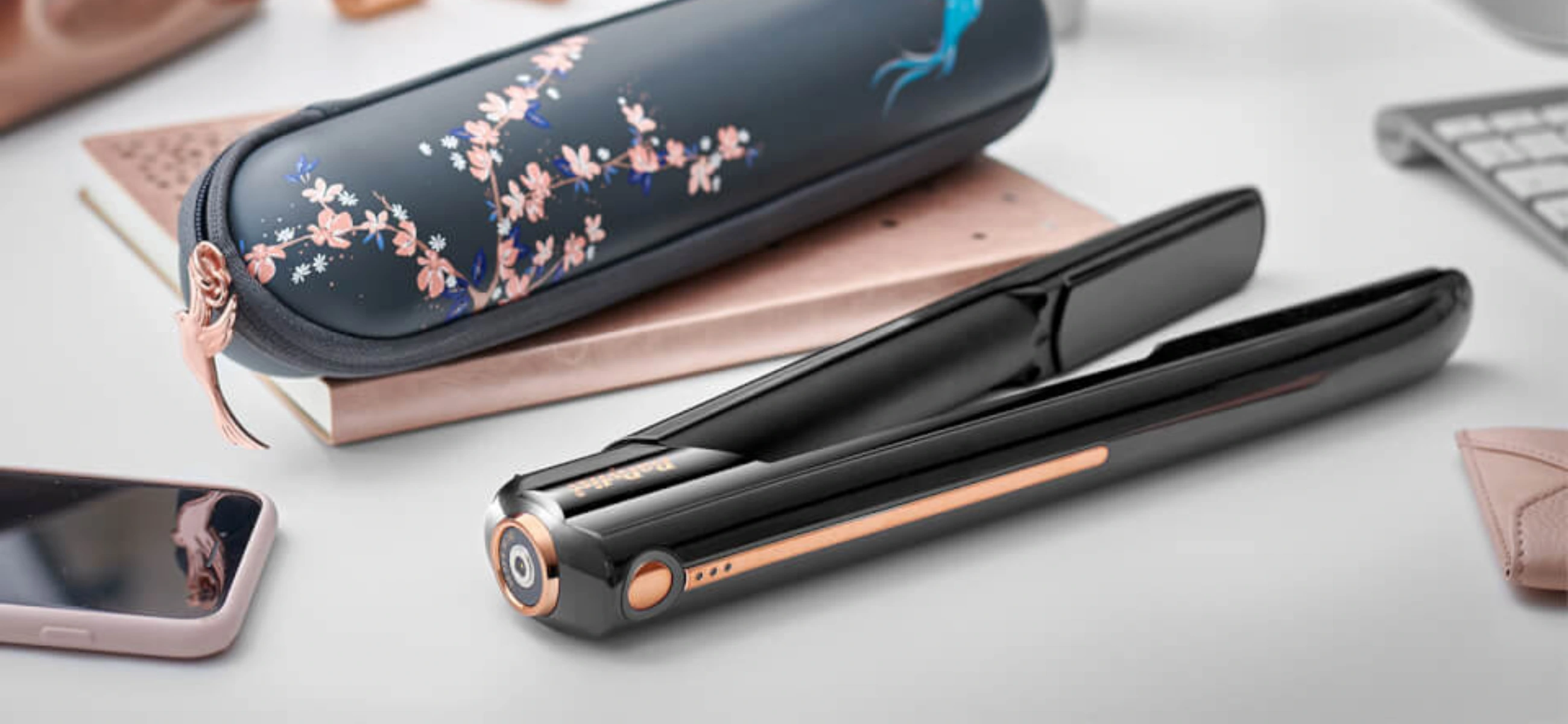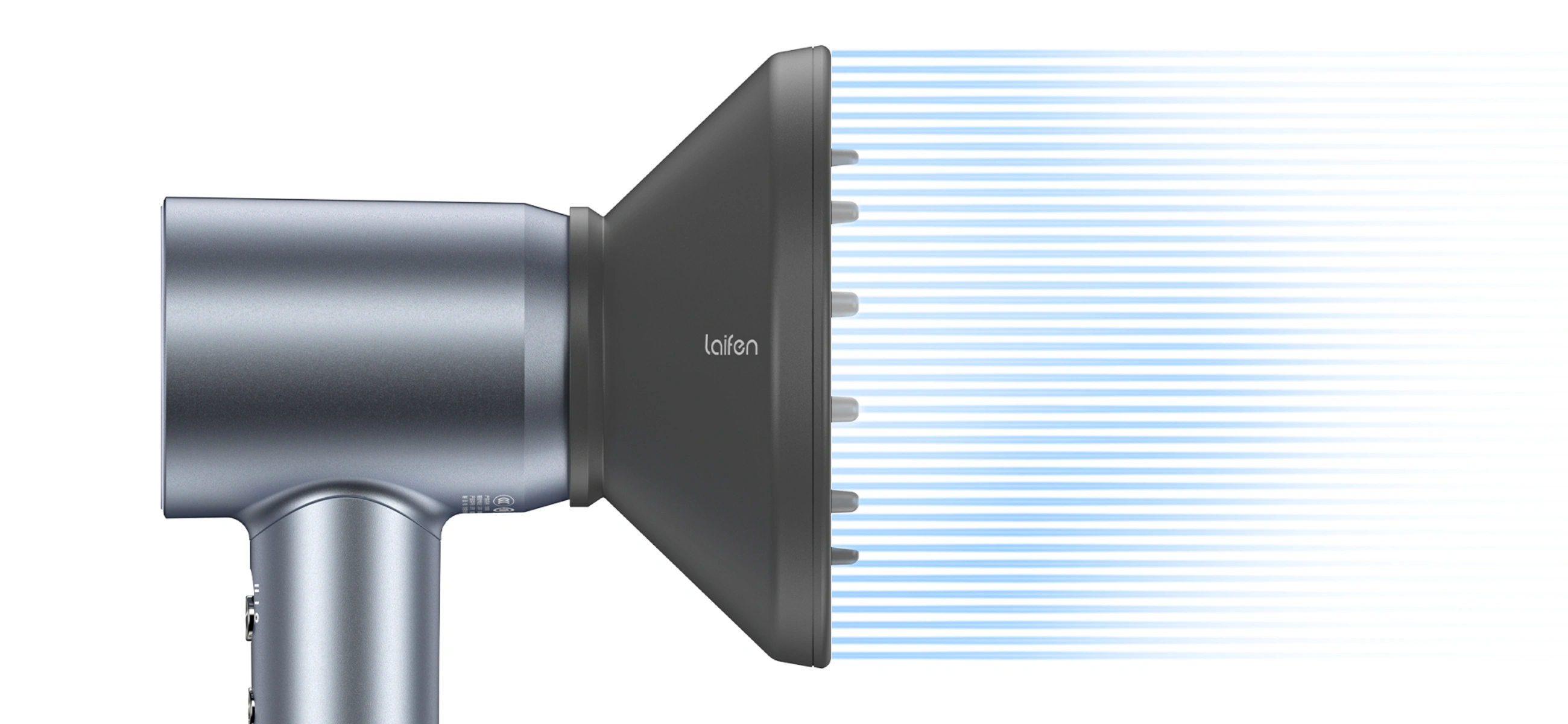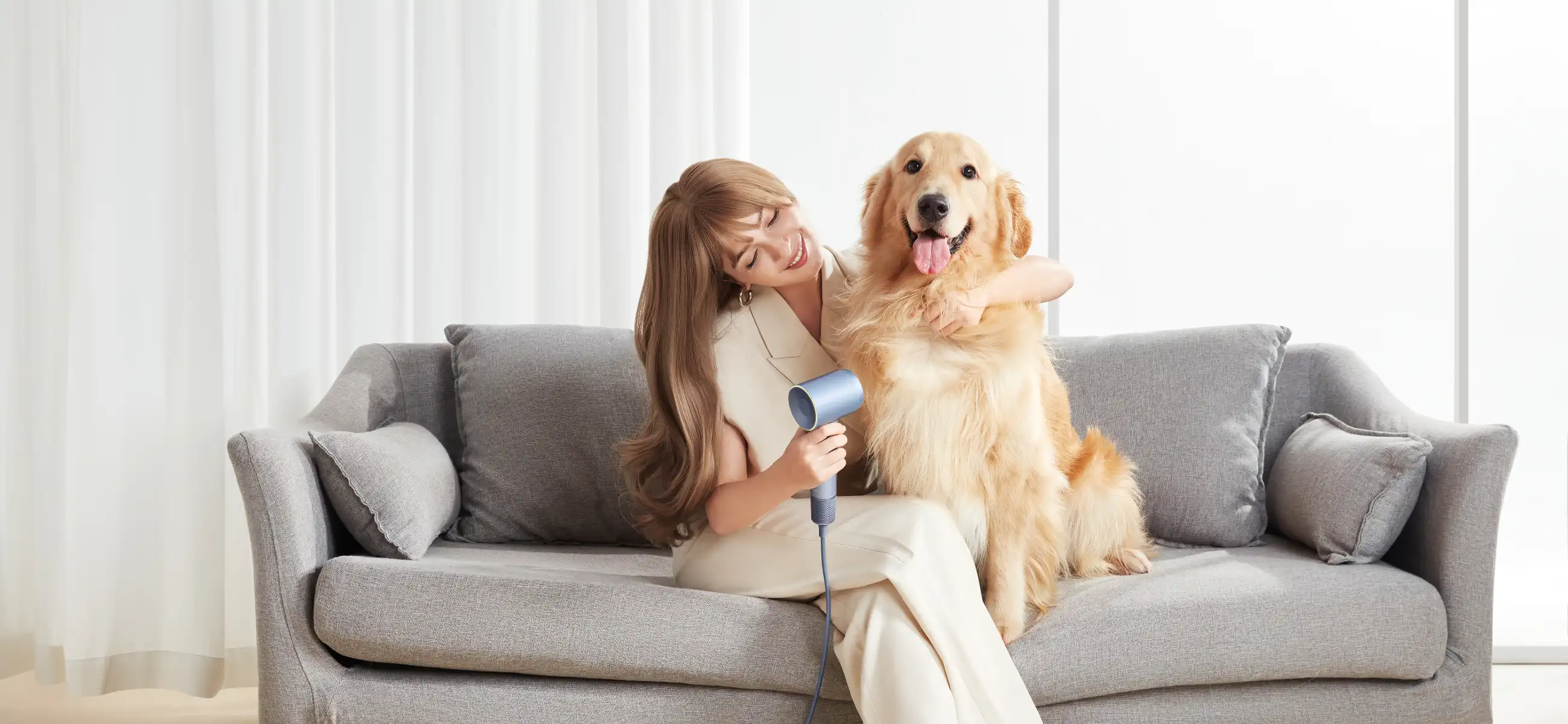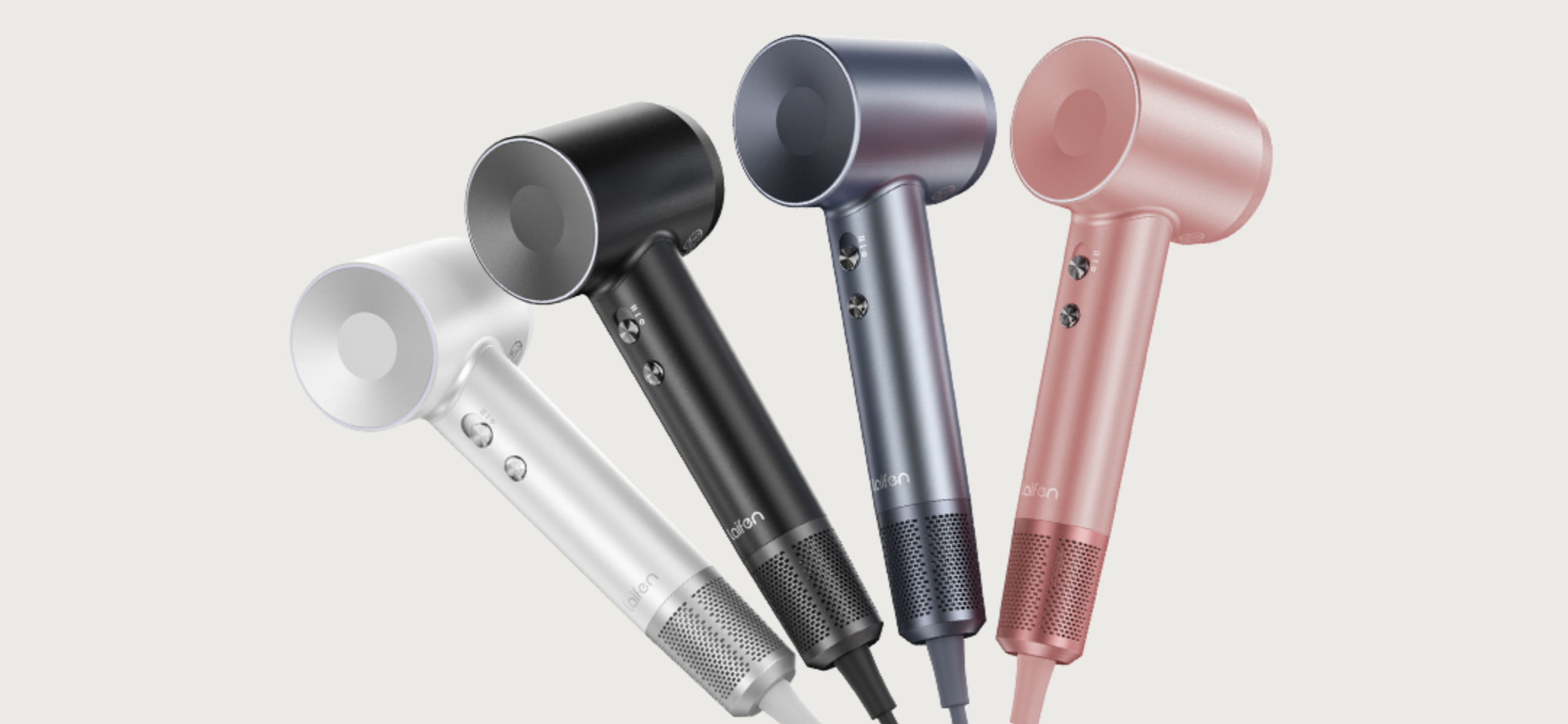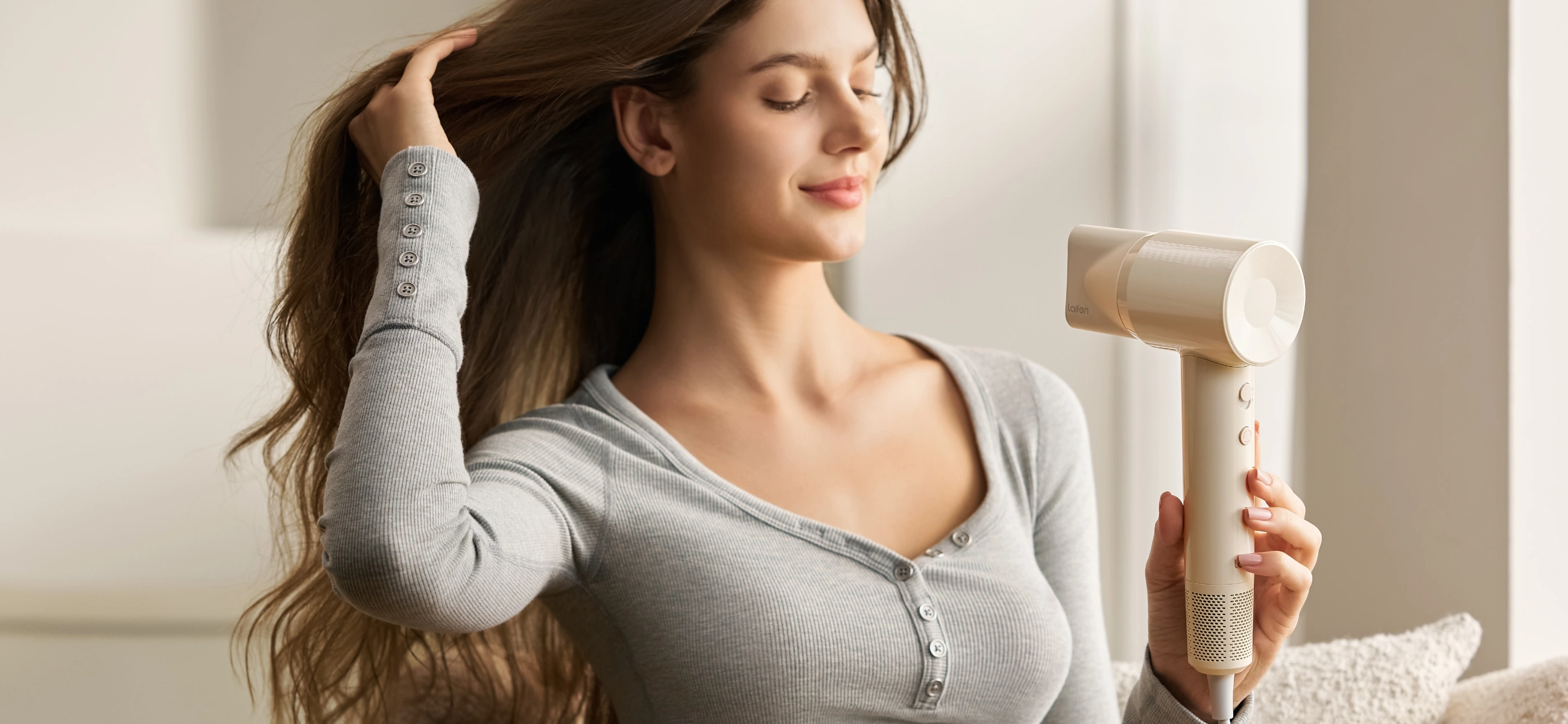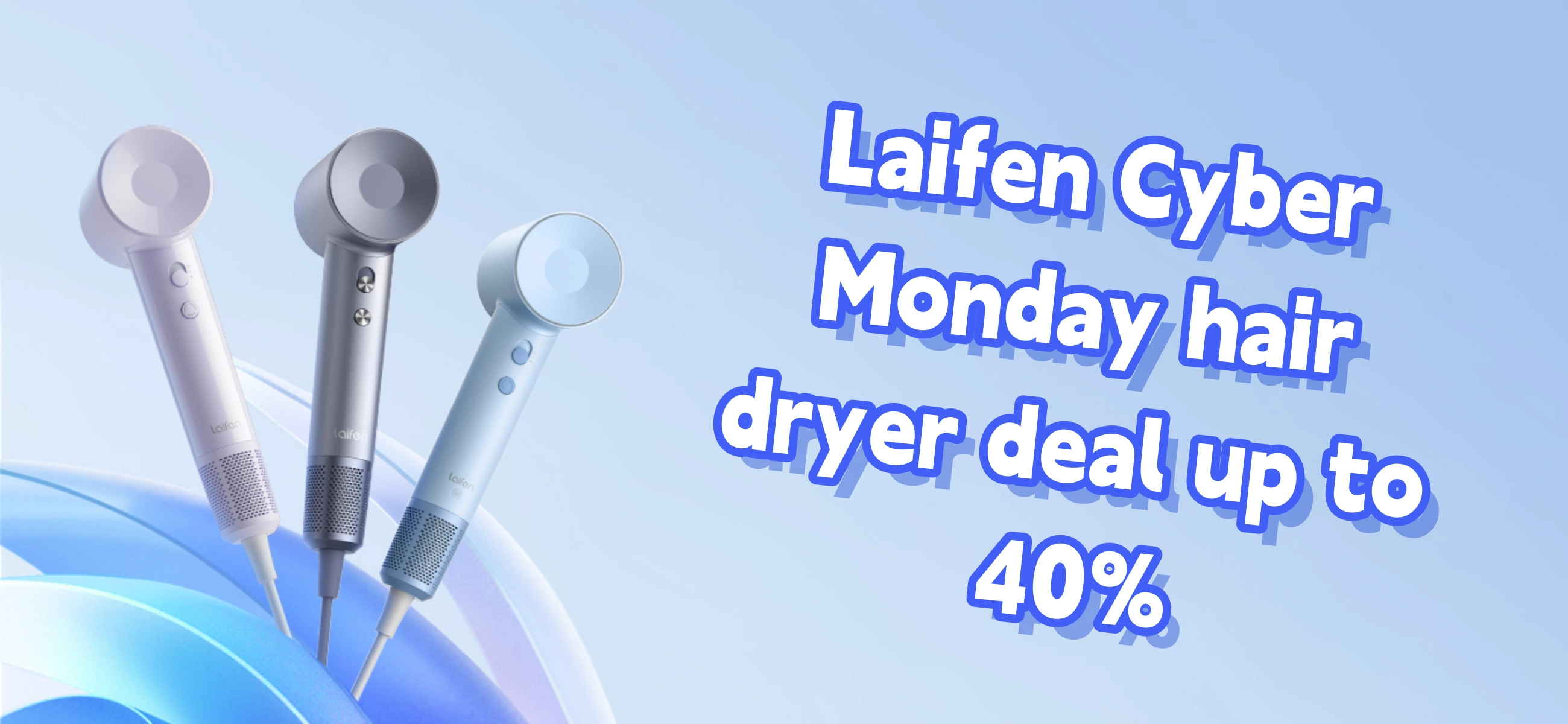Do you want to get a bonnet dryer? They’re super hands-free and perfect for multitasking. Bonnet dryers spread heat evenly and are awesome for deep conditioning, roller sets, and cutting down on heat damage. With me, you can find out more about why they might just be the perfect addition to your hair care routine.
What is a bonnet dryer?
A bonnet dryer is a type of hair dryer that features a cap, or “bonnet,” which fits over your head. Unlike traditional handheld hair dryers, bonnet dryers use a hose to blow warm air into the bonnet, evenly distributing heat around your hair. This method provides a gentle, hands-free drying experience, ideal for various hair treatments.
Bonnet dryers can be used in several settings:
- At home: Perfect for deep conditioning treatments, roller sets, or simply drying your hair while you relax or multitask.
- Salons: Used by hairstylists for setting styles, conditioning treatments, and drying without causing heat damage.
- Travel: Portable bonnet dryers are great for on-the-go hair care.
The bonnet dryer has its roots in the mid-20th century, during a time when hair styling and maintenance were becoming more sophisticated. Originally, these dryers were large, bulky machines used exclusively in salons.
Over the years, they have evolved into more compact, user-friendly devices suitable for home use. Today, bonnet dryers continue to be a popular choice for those seeking gentle, even drying without the hassle of holding a traditional hair dryer.
Is a hooded dryer worth it?
Unlike traditional handheld dryers that can create hot spots, a hooded dryer delivers consistent heat and gives smoother and shinier hair. You can use it for deep conditioning treatments and will help products penetrate the hair shaft more effectively so that you are going to have a stronger and healthier hair.
Hands-free convenience
One of the biggest perks of a hooded dryer is its hands-free operation. You can go about your other activities while your hair dries, whether that’s reading, working, or just relaxing. This makes it incredibly convenient and a real time-saver for busy individuals. With adjustable settings, you have full control over the heat and drying time. You will find the whole process become more efficient and hassle-free.
Salon-quality results at home
Hooded dryers are a staple in professional salons for a reason—they deliver top-notch styling results. By investing in one, you can achieve the same sleek, polished look at home. The consistent airflow and heat make styling more effective and help to make your hair looks its best every time.
4 correct steps to use a bonnet dryer
The following four steps can help you quickly learn how to use a bonnet dryer. You need to browse briefly and pay attention to some details.
Fresh wash and condition your hair
Your hair should be damp, not soaking wet. Then, use your favorite leave-in conditioner, heat protectant, or any styling products you prefer. You can divide your hair into sections and use clips to keep each section separate.
For curly hair, you need to learn how to wash it specifically. I have written an article on it – “How to Wash Curly Hair“.
Connect the bonnet to the dryer hose
It should be securely attached to avoid air leaks. Place the bonnet over your head, making sure it covers all your hair. Adjust the drawstring or elastic to fit snugly but comfortably around your head.
Set the dryer to your desired heat level
If you have fine or damaged hair, use a lower heat setting. For thicker or coarser hair, a higher setting might be more effective.
Now, you can turn on the dryer and let it do its job. Depending on your hair type and the style you’re aiming for, this could take anywhere from 20 minutes to an hour. Use this time to relax, read a book, or watch TV.
In the whole process, periodically check your hair to see if it’s dry. If you’re using rollers or doing a deep conditioning treatment, give it enough time to set properly.
Before removing the bonnet, switch to a cool setting for a few minutes
Afterwards, carefully take off the bonnet and detach it from the hose. Now that your hair is dry, style it as you like. Brush out curls, apply any finishing products, or simply enjoy your smooth, dry hair.
How long to sit under a bonnet dryer?
This table provides a guideline, but the real condition may vary based on hair thickness, length, and specific product instructions. Always check your hair periodically to avoid over-drying or heat damage.
| Purpose | Time | Heat setting | Notes |
| Deep conditioning | 20 to 30 minutes | Medium to low heat | Helps conditioner penetrate deeply for maximum moisture and repair. |
| Roller sets | 45 to 60 minutes | Medium to high heat | Hair thoroughly dried and set in rollers. |
| Drying natural hair | 30 to 45 minutes | Medium heat | Dries hair while maintaining moisture. |
| Setting styles (e.g., bantu knots, twists) | 30 to 60 minutes | Medium to high heat | Styles fully set and dried. |
| Regular drying | 20 to 40 minutes | Medium heat | Even and consistent drying. |
| Heatless curls | 30 to 45 minutes | Low to medium heat | Achieve curls without direct heat. |
Do bonnets work for wet hair?
Yes, bonnet dryers work for wet hair. They are designed to provide even heat and can handle wet hair efficiently, so that it dries uniformly, which is beneficial for styles that require setting, like roller sets, twist-outs, and curls.
When using a bonnet dryer on wet hair, the primary goal is to remove moisture while preserving the hair’s natural texture. Wet hair tends to be more fragile, so the even heat distribution of a bonnet dryer helps to minimize damage. The process might take longer compared to starting with damp or dry hair, but the results are often smoother and more polished.
On the other hand, using a bonnet dryer on dry hair is done for styling purposes rather than drying. For example, you might use it to set a style, refresh a blowout, or add volume. The heat settings are usually lower, as the hair doesn’t need to dry but rather to hold a shape or absorb product better. Dry hair can handle higher heat settings briefly, so the styling process will be quicker compared to drying wet hair.
What are the disadvantages of a bonnet dryer?
Bonnet dryers can also cause some problems for your hair, and you can read now about the specific problems you may encounter with a bonnet dryer.
Longer drying time and mobility issues
Bonnet dryers often take longer to dry hair compared to handheld dryers. This extended drying time can be inconvenient if you’re in a hurry or need a quick fix. Using a bonnet dryer means you have to stay relatively stationary, which can be a hassle if you prefer to move around while getting ready.
Size, storage, and noise concerns
Another downside is the size and storage requirements. Bonnet dryers tend to be bulkier than handheld dryers, which can be an issue if you have limited space. They can be quite noisy, which might be disruptive if you’re trying to relax or don’t want to disturb others in your home.
Limited heat settings and styling control
Bonnet dryers often come with fewer heat and speed settings, limiting your control over the drying process. This can be frustrating if you’re used to more versatility. Because they don’t allow for precise control over specific sections of hair, achieving certain styles that require targeted drying can be more challenging.
How often should I wash my bonnet?
You should aim to wash it once a week to remove any buildup of oils, sweat, and product residue. If you’re someone who uses a lot of hair products or has a particularly active lifestyle that causes you to sweat more, consider washing it every few days.
Wash your bonnet after deep conditioning treatments, as these products can leave residues that attract dirt and bacteria. For best results, check the care instructions from the manufacturer.
Hand washing with a mild detergent in warm water is generally a safe bet, but if your bonnet is machine washable, use a gentle cycle. Always let it air dry to avoid damage from high heat.

